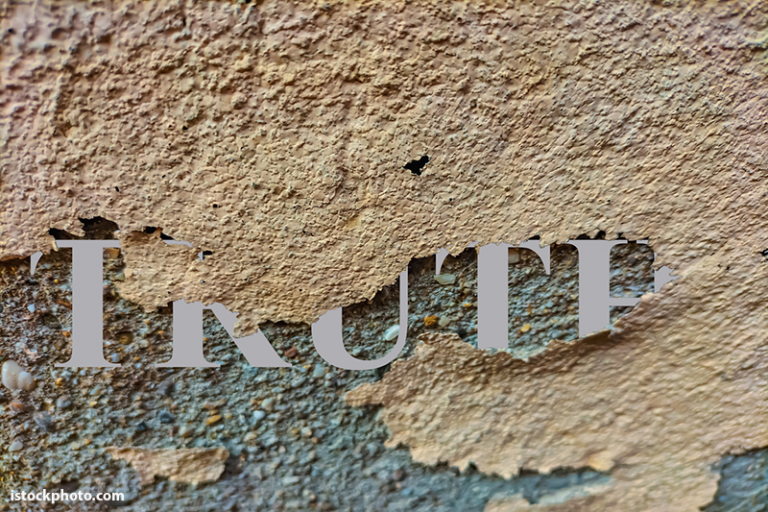Second in a Series on Research
To find excellence in a university, find the intent of the organization. What do the people who work there, and the students who study there, think the place is about? What do they want it to be? What is important?
What is the quality of your intent?
Thurgood Marshall
____________________________________________________________________
Quality wells up in universities for an array of reasons. The configuration of forces leading to recognition and acclaim are rooted in discovery and new ideas that have value. What makes a university powerful and effective in its research intent are good leadership, committed faculty and staff, and ambitious and demanding students focused on discovery.
Competition and national defense brought Lawrence Livermore National Laboratory to life in the early 1950s. The University of California intentionally gathered leading physicists to address what was believed to be the issue of national importance: operational thermo nuclear weapons in response to the Soviet Union’s development of the H-bomb. No matter your political views or feelings about nuclear arms, the concentration of expertise at the University of California led to scientific breakthroughs. Edward Teller, a controversial physicist, was in the middle of it all. He was inarguably one of the best of his kind in the world and his intention towards innovative science attracted other leading physicists.
A trickledown effect occurs when leading practitioners of any craft are drawn together. A talented group can make a better H-bomb, but the gravity of the group will also help create a better literature program. The reverse is also true: It is about the “quality of your intent.” While difficult to explain outside of university circles, even within the academy, there is tension between those who are the very best at what they do, and those who are merely mediocre, regardless of field or specialization.
Sheer force of will can create excellence too. There are five presidential libraries associated with universities in the U.S. Three are in Texas: the Johnson Library at U.T. Austin and a pair of Bush athenaeums, 41’s at Texas A&M, and 43’s at SMU. Michigan hosts the Ford Library. The latest addition to make this group five is at Mississippi State University. Announced on May 18, 2012, The Presidential Library of Ulysses S. Grant will have notable impact on our understanding of the Civil War in America and the role of radical republicanism in the Reconstruction Era that followed.
If rusty on Civil War history, Grant was the leader of the Union forces and his decisive victory at Vicksburg cut the Confederacy in half, leading, in measure, to the downfall of the Confederacy. Mississippi State University diligently pursued the Ulysses S. Grant collection from Southern Illinois University, where it had been nurtured for nearly half a century by the renowned Grant scholar, John Y. Simon.
To put a gallon of irony in a tea cup, Grant started his campaign to divide the confederacy in Southern Illinois, at Cairo, where the Mississippi and Ohio Rivers meet.
Through this exercise of intent, Mississippi State University will meaningfully contribute to the study of American history for students. Additionally, the Grant Center will attract new faculty and endowment support because dollars follow quality of intent, thought, and execution.
National need in response to the devastation of the Dust Bowl spawned an effort to combat soil erosion and simultaneously create water conservation. The work was initiated at the Missouri Agricultural Experiment Station in Columbia, Missouri. This university led the response to the great tragedy of rural America in the 20th century. Additionally, the work dovetails with contemporary concepts of sustainability in the 21st century.
Economic development caused Louisiana State University to create a Sugar Research Station in 1885. State sugar growers were concerned about increasing yields in production, and implored the university to generate new knowledge and insight that would help the economic development of South Louisiana through more effective and productive sugar cane yields. While a more localized issue than the H-bomb or dust bowl, research evolved at Louisiana State University to impact academic excellence through sugar production.
Our universities need the leadership and guidance to pursue issues of import in response to a diverse range of need and desires. Intent manifests itself in programmatic growth. Seeds of research and scholarly excellence are driven by a form of passion to better understand the world around us, and give power to academic life for faculty and students, and create distinction for universities…distinction that attracts the best scholars and students.







